8 Restaurant Ripoffs That Still Sting and 6 Called Out by Real Chefs
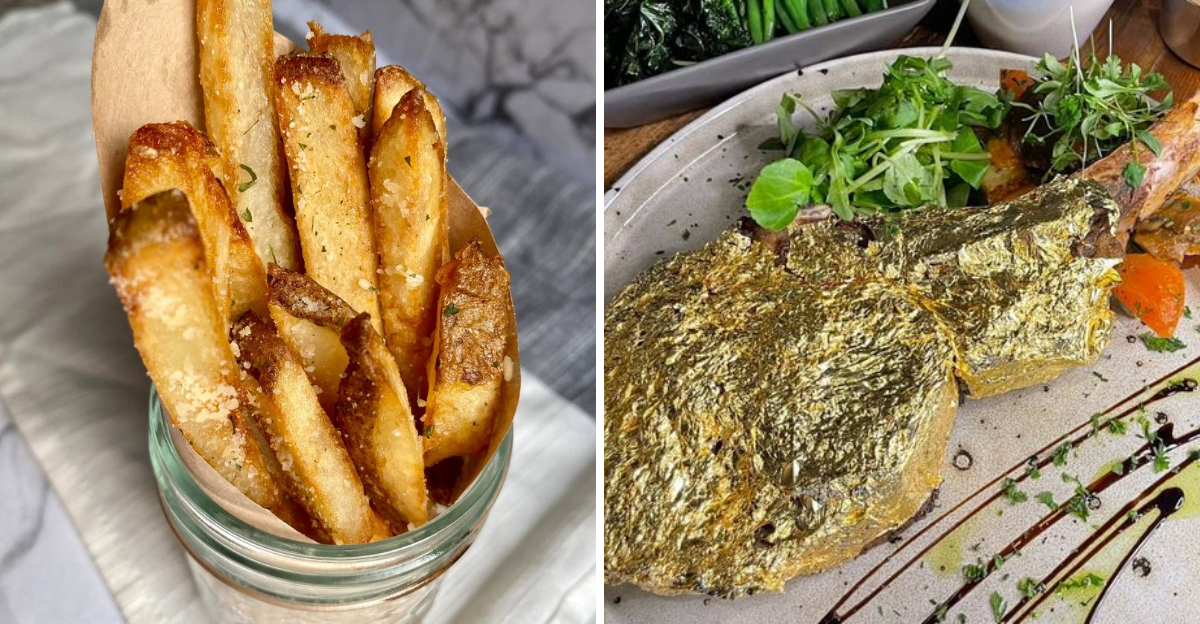
We’ve all been there: you order something off a menu that sounds impressive, only to be hit with the bill and wonder where the flavor (and your money) went. Some restaurant dishes are overpriced by nature, while others just flat-out fail to deliver. Even chefs agree—some menu items are pure fluff dressed up to look gourmet. Here are 8 restaurant ripoffs that still sting, plus 6 more that real chefs say aren’t worth the hype.
1. Truffle Fries
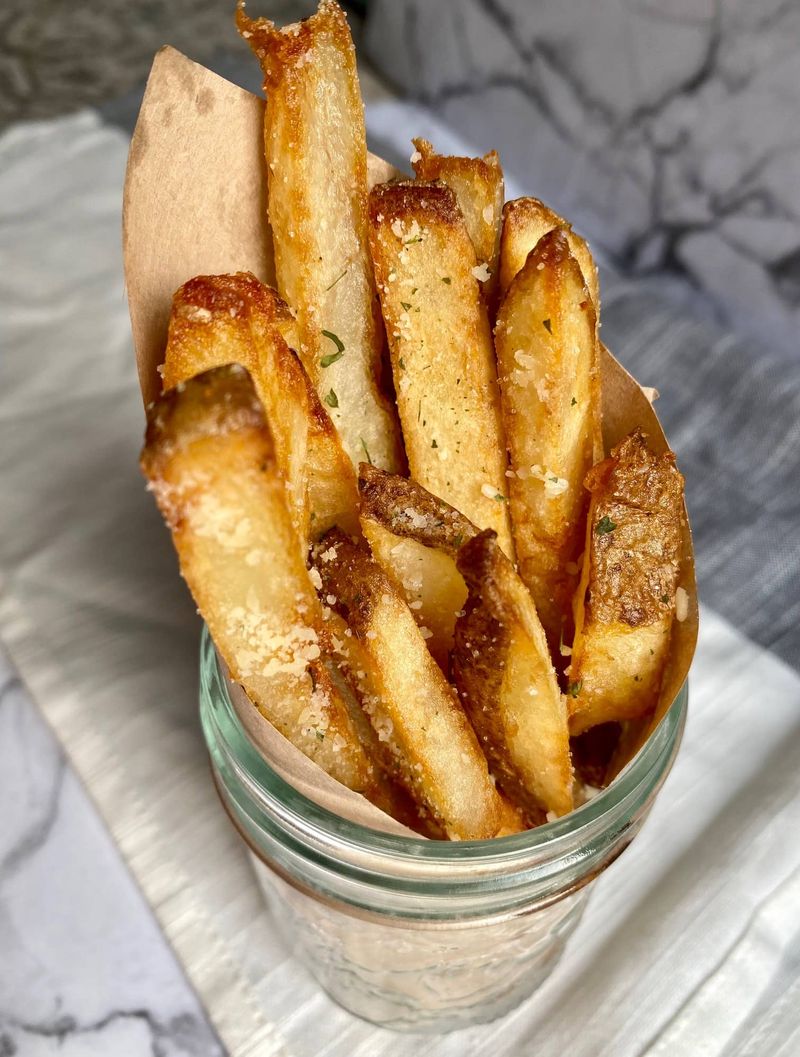
Truffle fries might sound like culinary luxury, but what you’re often getting is regular fries masquerading as gourmet. The secret? A drizzle of synthetic truffle oil, which never even met a real truffle. Despite the high price tag, it’s a flavor mirage.
While they might promise an earthy taste, the reality is often disappointing. Not only is the aroma misleading, but the fries themselves can be underwhelming.
Next time you’re tempted by this “luxury,” remember: it’s all about the illusion of elegance, not the real deal.
2. Gold Leaf Toppings
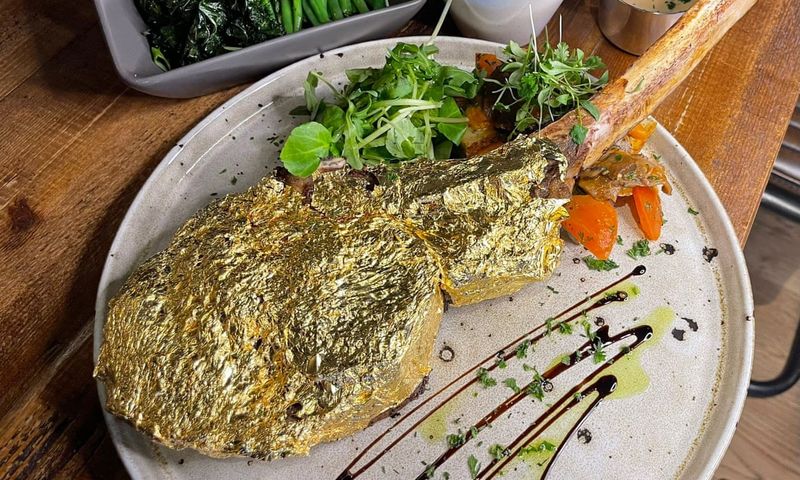
Gold leaf toppings scream extravagance, but do they enhance flavor? Hardly. Whether on burgers, sushi, or desserts, gold leaf does nothing for taste. It’s there for the ‘gram and the drama, not your palate.
The cost of these flashy decorations can inflate your bill significantly while adding no depth to the dish. Chefs may argue it’s art, but diners are left questioning the purpose.
So, before you bite into a gilded creation, consider if it’s worth the splurge or just a shiny gimmick.
3. Tableside Guacamole

Tableside guacamole: an avocado spectacle that can double the price of a simple delight. The real magic happens five feet from your table, not in the ingredients themselves.
Avocados, lime, and salt are all you get, wrapped in a costly performance. You’re paying for the show—not the guacamole’s complexity.
While the theatrics might add a fun touch to dining, those extra dollars don’t change the basic nature of the dish. It’s an act of culinary flair, not culinary innovation.
4. Wagyu Sliders
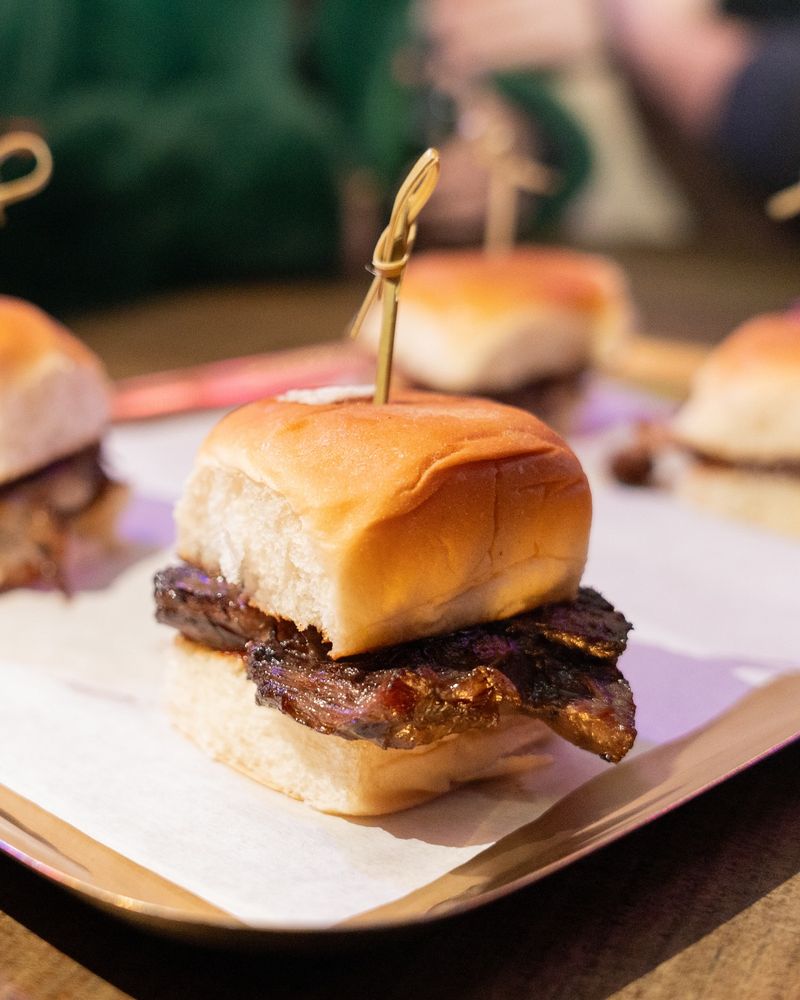
Wagyu sliders promise premium dining in a bite-sized form. However, that $22 mini burger trio likely conceals a truth: it’s not authentic Japanese Wagyu.
Instead, you’re often served a decent beef blend with a misleading name. The allure of Wagyu is the marble and richness, but these sliders may lack those iconic traits.
For a genuine Wagyu experience, look beyond the sliders and invest in a true cut. Until then, savor the illusion rather than the reality.
5. Lobster Mac and Cheese

Lobster mac and cheese is a classic bait-and-switch. It promises a marriage of indulgent flavors but often delivers less. Those chunks of lobster? Often sparse and overcooked.
The pasta may remind you more of a boxed brand than gourmet dining. The hefty price tag doesn’t match the quality or quantity of lobster.
While some renditions succeed, many fail to strike that balance. Be wary of paying more for less, and opt for a dish that truly honors each ingredient.
6. Ahi Tuna at Chains
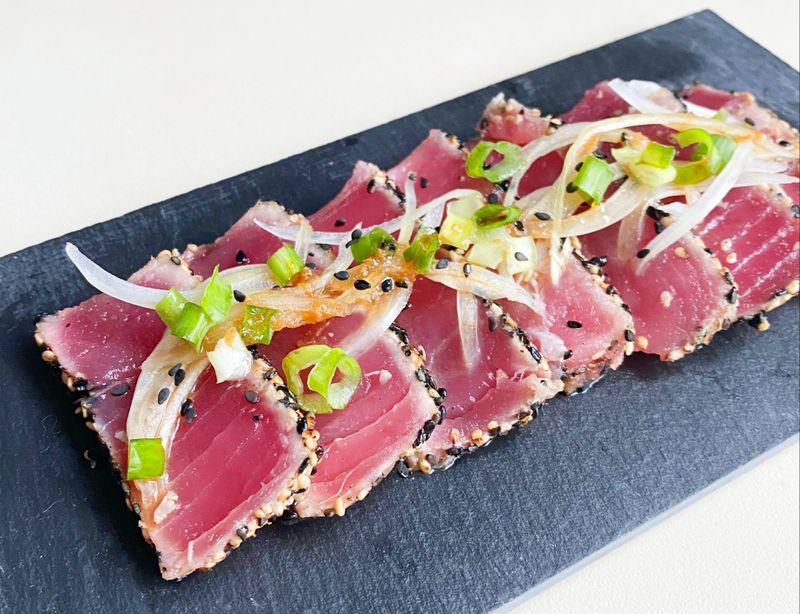
Ordering ahi tuna at chain restaurants is a gamble. The allure of raw, fresh fish is often lost in translation when mass-sourced and frozen.
What’s served may lack the vibrant taste and texture that fresh tuna offers. Despite the elegant presentation, the essence is sometimes compromised.
Consider the context when ordering seafood: a local seafood joint may serve vibrance, while chains might prioritize convenience over quality. It’s the promise of the ocean, but with echoes of the freezer.
7. Overpriced Caesar Salad

Caesar salad: seemingly uncomplicated, yet often overpriced. Lettuce, pre-shaved Parmesan, and a hint of dressing can somehow cost an arm and a leg.
Restaurants inflate the value of this classic, though the ingredients are far from rare or unique. You might wonder if the cost comes from craftsmanship or culinary charisma.
Ultimately, it’s a salad that could be lovingly prepared at home for a fraction of the cost. The true art lies in simplicity, not price inflation.
8. Market Price Seafood
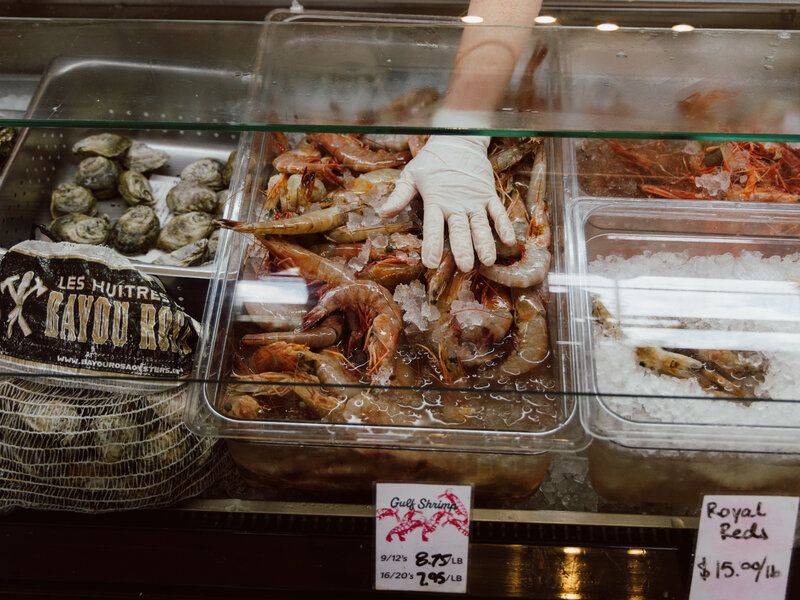
Market price seafood can feel like a culinary lottery. Without upfront pricing, diners take a leap of faith, sometimes landing in an uncomfortable surprise.
This approach may suit the freshest catch, but it can also mask inconsistent pricing. Diners may pay premium without the promise of premium taste.
Curiosity might drive the order, but clarity can ease the sting. Asking before indulging ensures you savor quality without the unexpected expense.
9. Avocado Toast
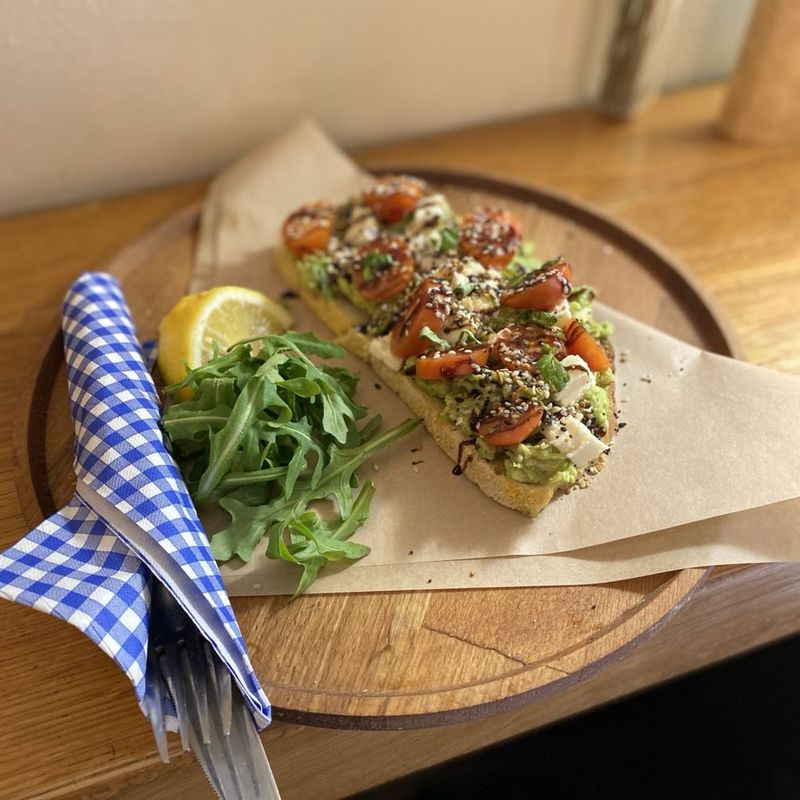
Avocado toast has become the symbol of overpriced simplicity. A breakfast staple turned brunch sensation, often priced at $15 or more.
What’s more surprising is the simplicity of the ingredients: bread and avocado. Despite its humble nature, it’s marketed as a culinary delicacy.
Chefs recognize the appeal, yet question the markup. While it’s a delightful dish, its cost seems to outstrip its true worth. A classic case of paying for trend over taste.
10. Kobe Beef Sliders

Kobe beef sliders carry mystique and allure, but many chefs question their authenticity. True Kobe is rare and seldom served ground.
When a menu claims “Kobe,” diners might be consuming an alternative. The distinction between genuine Kobe and “Kobe-style” often lies unnoticed.
Despite the premium price, authenticity isn’t always on the plate. Chefs advise diners to be discerning, seeking verified luxury rather than assumed indulgence.
11. Overhyped Tasting Menus
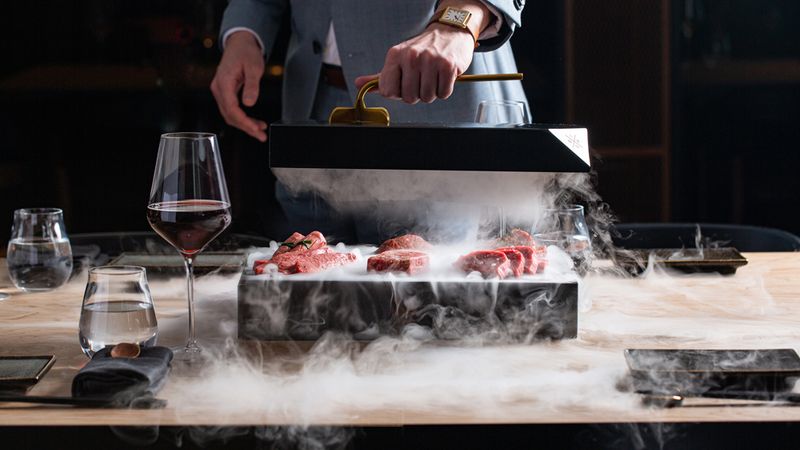
Tasting menus offer a parade of artistry on a plate, but chefs warn against the theatrical over substance. A series of petite dishes creates a visual feast.
However, some feel these menus prioritize spectacle over satisfaction. Diners might leave with a light wallet and a lighter appetite.
When exploring tasting menus, seek those that balance creativity with culinary depth. Theatrics should enhance, not overshadow, the dining experience.
12. Artisan Ice Cubes in Cocktails

Artisan ice cubes promise a sophisticated addition to your cocktail. Hand-carved or slow-melt, they are meant to elevate your drink’s elegance.
Yet, when served with a mediocre cocktail, they become more about appearance than taste. Chefs and bartenders argue for substance over style.
While the aesthetics might impress, the experience should center around flavor. Remember, a cocktail’s essence is in the sip, not the cube.
13. $20+ Vegan Burgers
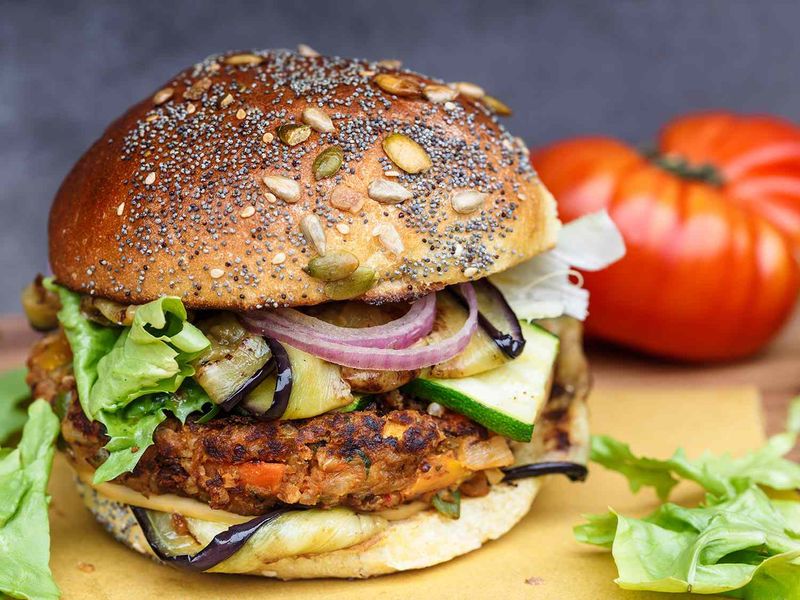
Vegan burgers have revolutionized plant-based dining, yet some chefs challenge the $20+ price tags. While delicious, these burgers aren’t always made with premium ingredients.
The allure lies in the crafting of flavors, but the cost can rival that of high-quality meats. Diners pay for novelty over nutrition.
Chefs suggest seeking value in flavor and authenticity. Plant-based doesn’t have to mean overpriced. Evaluate if the experience matches the expense.
14. “Handcrafted” Anything Packaged

In the world of dining, “handcrafted” can be elusive. Chefs call out items labeled as such, yet clearly mass-produced.
Bottled sauces or desserts dressed as gourmet often lack genuine craftsmanship. It’s a marketing move that leaves diners questioning authenticity.
Chefs urge diners to discern true artisanal efforts from branding tricks. Seek those creations where craftsmanship is evident, not just claimed.
